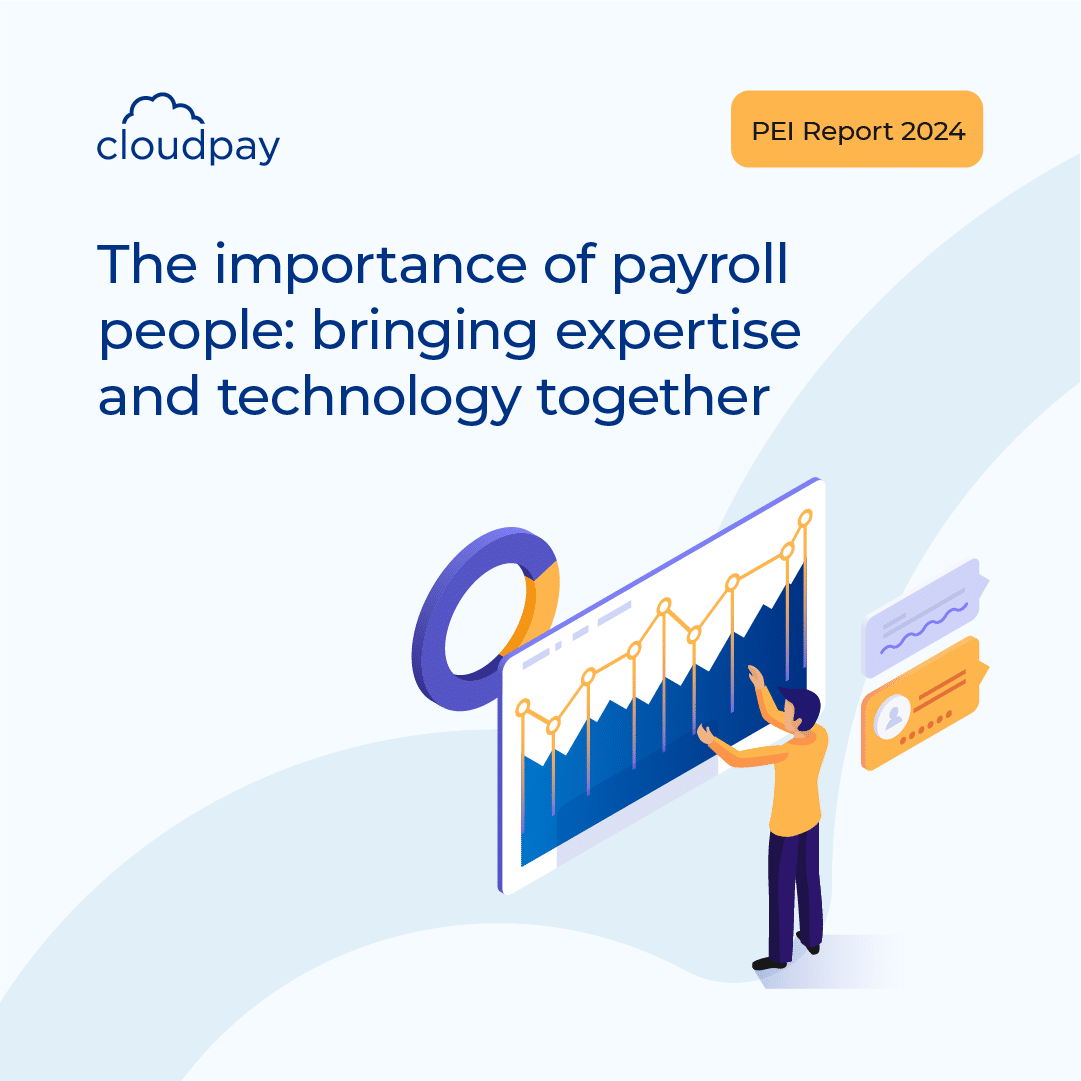How did you reach your current position at your employer? Did you move into the role from another company? Or have you worked your way up the ranks within the business, or across from another department? If your answer is one of the latter two options, then you’ve benefited from ‘talent mobility’.
What is talent mobility?
In short, talent mobility refers to how able employees are to move between different positions within a company. A good level of talent mobility is a vital part of motivating employees to further their careers, and it’s also crucial for employee retention. However, it’s an area that many organizations struggle with: 80% of employees have said that they don’t feel their employer gives them opportunities for growth.
At a time when employee turnover is high globally, and employee experience is a top priority, enabling talent mobility is a critical issue for businesses to address. In this blog, we’ll explore why good talent mobility can be so beneficial to employees and employers alike, and how to make it happen.
Why is talent mobility so important in 2023?
Talent mobility is especially vital going into the new year because the momentum of the Great Resignation is showing no signs of slowing down. iCIMS research has found that as many as a third of employees are planning to look for new jobs in 2023.
The potential economic turbulence on the horizon may cause many employees to play it safe and stay put in their current roles. However, many other still want to feel valued by their employers and feel that they have something to work towards – something they may be lacking if they feel that there are barriers to internal movement and progress.
Benefits of leveraging talent mobility
Enabling talent mobility isn’t just a good thing for employees – it can be hugely beneficial for employers too, for four key reasons:
-
Responding to global trends: better talent mobility makes it easier for businesses to adapt to changes in the world around them. This is because they can easily redeploy skills across the organization, and match human ability to business needs.
-
Employee engagement: when employees feel that they can work towards a promotion or a new role that they envision on their career path, they will be more engaged with their current position and will more readily buy into the direction and ethos of the business.
-
Productivity and satisfaction: connected to the previous point, more engaged employees will be happier and more productive employees. This helps improve business efficiency and enables companies to get more from their existing people investment.
-
Lower employee turnover costs: onboarding internal hires is normally much easier, quicker, and cheaper than bringing in new employees externally. This especially applies to senior roles, where previous knowledge of the business often helps internal hires perform better than external equivalents.
How to achieve talent mobility
There are many different ways to change a business in order to improve talent mobility strategies. Which ones are most suitable will vary, depending on the nature of the business and workforce involved, but these three stand out as good starting points for talent management in general:
-
Employee nurturing: good employee engagement and motivation starts with making them feel valued. Away from their day-to-day duties, this can be achieved through perks and incentives, wellness programs that support their life outside work, and flexible pay solutions such as Earned Wage Access.
-
Establishing a mobile workforce: by using hybrid and flexible work models, top talent are able to move within a business, across departments, and even across borders far more easily. Putting the right processes in place to achieve this is therefore vital.
-
Breaking down internal barriers: changing the culture and atmosphere within a business can help employees visualize realistic paths to progression. This means developing clear talent pipelines, supporting employees with learning and development, removing silos between teams, and encouraging more cross-departmental collaboration.
In summary
The core underlying theme behind talent mobility is flexibility. Employees want experiences that motivate and inspire them, as well as one that fit around their lives overall, so that they can work towards a long-term future with their employer. Those employers who can deliver that flexibility will be developing a new generation of skilled, driven employees who will power their success for years and even decades to come.
CloudPay’s Earned Wage Access solution can play a key role in your employee engagement and talent mobility efforts in 2023. Take a closer look here at how you and your workforce can benefit from a more flexible approach to pay.



